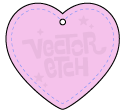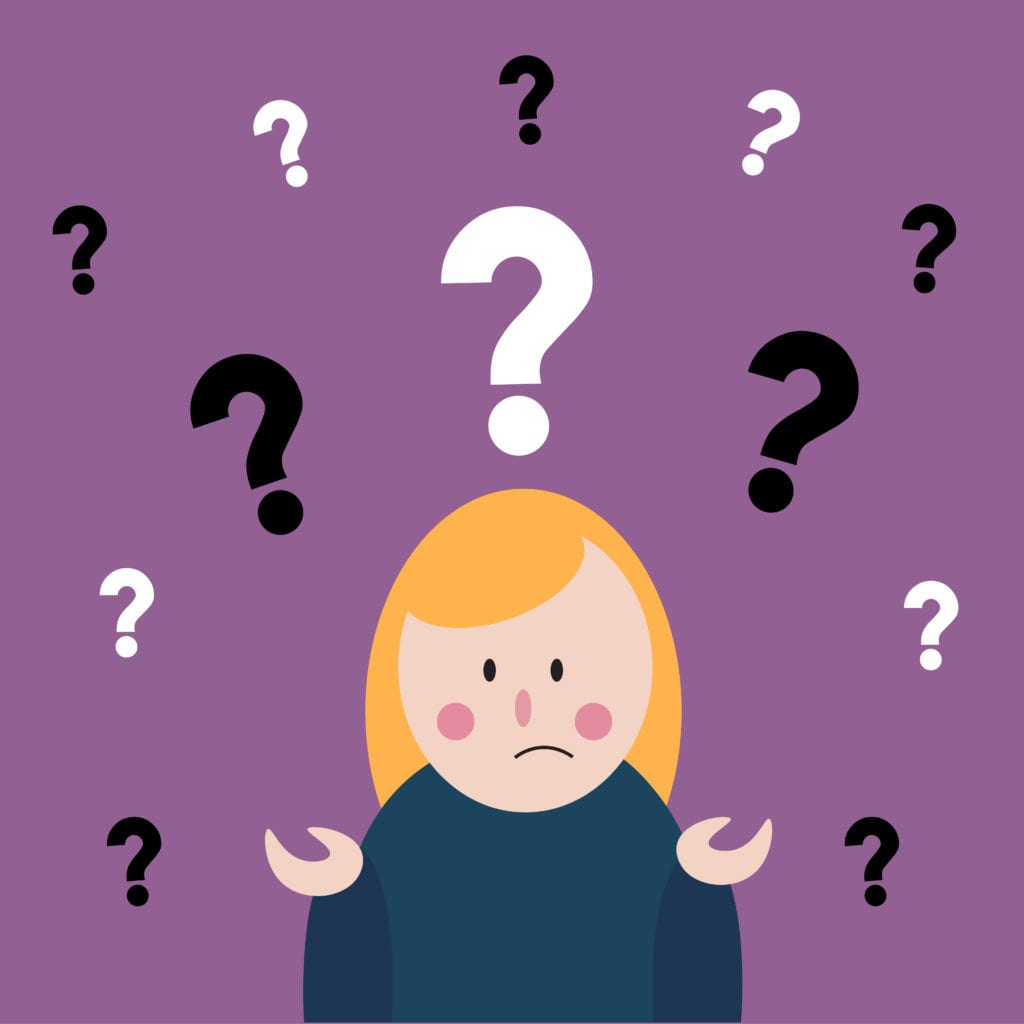Tutorials
Copyright Laws within Laser Cutting
Here we cover some of the most commonly asked questions about laser cutting, jewellery design and Copyright.
A foreword: Issues around Copyright are typically different case to case, and it can be a very personal topic. As most of our staff here at Vector Etch are creatives with an online presence, we have a good understanding of these issues on both a personal and industry level. However, we are not lawyers by any standard, so would advise you to do your own independent research if any of the issues discussed here are relevant for you.
In Australia, Copyright is automatically assigned to a creators work *if* the output is unique (i.e. not a derivative work). There is no registration needed, and it is implied with or without the display of a Copyright symbol. Copyright assigns ownership to the creator, so that they may distribute it how they like e.g. retain/sell rights for use, including the right to reproduce the work in different media, and/or the right to adapt and modify it.
Copyright laws are different in different countries, so in some instances (such as when displaying to a global audience) it can be useful to display the Copyright symbol for clarity. For more information, this is a good read: Copyright.org.au.
Here’s 3 different scenarios around simple shapes:
Scenario 1: Two creative jewellery designers follow similar trends, such as they see and interact with similar media each day. They each, simultaneously, one night come up with the idea to create a fairly unique but simple earring design, and they then proceed to launch their designs at similar time.
What’s happening here? This is perfectly fine and normal, and it happens ALL the time. No one ‘copied’ anyone, and if this has happened to you: take comfort knowing you’re on the right path, clearly hitting your target market tastes and trends. Keep doing what you’re doing, and over time your creative work with divert out further.
Scenario 2: A creative jewellery designer launches their new range: it’s hugely successful and it inspires someone else to start and/or grow their own creative journey. The new creative, subconsciously, creates something similar.
What’s happening here? Subconsciously is the key word. The new maker honestly doesn’t see the similarities, or simply isn’t aware that they’ve been inspired. This is also common and happens regularly. It can touch on being ethically wrong, but is typically an innocent accident. Think about it: you scroll through Instagram, go to sleep and the images settle into your mind. A week passes, and you recall the design as YOUR OWN idea. If this has happened to you (from either side of the scenario), keep going: challenge and push your creative ideas. Turn them upside down, inside out, flip them around and see how much further you can push a concept to make it more ‘you’. ‘Cause there’s no one else like you, so give us what YOU have. If this has happened (or is happening) to you and it causes you discomfort, consider approaching your fellow maker/s with kindness and curiosity; ask if they see what you see.
Scenario 3: A creative jewellery designers launches their new range: it’s hugely successful and it inspires someone else. They consciously creates something similar.
What’s happening here? Consciously is the key word. In our opinion, this scenario is where we hands down draw the line at a ‘No, this is not OK’. In this instance, someone has looked at someone else’s work, and then proceeded to intentionally replicate it. Thus, derivative work. Not original, un-ethical and hurtful to the industry. If this has happened (or is happening) to you, bear in mind it could be a subconscious accident (from scenario 2); proceed with kindness and curiosity to gather more information before getting reactive.
Since this post we’ve had some follow up questions about purchasing our simple shapes and then creating moulds from them. The question sounds like:
What you CAN’T do is then sell the moulds OR sell the pieces that come out of the moulds as components; this would put you in competition with our services using our designs i.e. not okay.
So to be clear, again, you may purchase our simple shapes and create moulds from them and sell the FINISHED pieces (i.e./e.g. they’ve been assembled into a pair of earrings).
If you’re ever unsure, flick us an email and ask further, we’d be grateful for the opportunity to assist. Have fun and stay creative.
Copyright Summary
Copyright FAQ's
Can “simple shapes” be covered under Copyright?
Like we mentioned about, Copyright is automatically assigned to a creators work *if* the output is unique. Where that gets confusing with simple shapes is that it can be difficult to demonstrate if something simple is unique; like, who are we to judge if someone ‘invented’ a non-symmetrical triangle shape? So, this question becomes great because it highlights where Copyright can get personal (because it combines laws with ethics). On one hand something can be straight up against Copyright law, on the other it could be legal, but morally wrong. We’re all presented with the same laws to follow, so lets take a moment to talk about ethics and copying.There’s someone who has a similar shape to me…?
It’s completely possible for people to come up with similar unique ideas at the same time, as in our community we’re exposed to similar content and trends. However, If you think that someone has taken inspiration or copied your work in some way, you could consider reaching out to discuss this with them. Mindful point here: consider HOW you want to spend your time; do you want to follow up someone who is always going to be a step behind you, or do you want to use your time to create? At the end of the day, it comes down to the ethics and awareness of the creator: have they intentionally tried to replicate someone else’s work, or did it come from their own creative journey? These could be the sorts of questions you pose to the other artist or supplier.If I purchase one of your shapes through the website, do I have copyright over that shape?
What you’ve essentially purchased is ‘rights for use’, via an end product. Remember, Copyright is always retained by the original creator. For Vector Etch, we own the Copyright of the designs on our website. OR, someone else owns the Copyright and we have purchased commercial rights for use. Any Vector Etch customers who purchase our laser cut shapes may re-distribute those shapes for sale in end product form (this is important, ‘in end product form’, such as you could not re-distribute the digital copies of our designs). That means you could sell them on your Etsy, at a market, etc. Similarly, anyone else who purchase our products also has rights for use to do the same.If someone took a shape from the Vector Etch website and had it cut somewhere else, is that OK?
If someone took one of our shapes (such as the Unicorn Personality) and had it cut exactly the same, that would be a Copyright violation; we would likely issues a cease and desist letter. If someone was inspired by one of our designs and, for example, created a similar cutesy unicorn, that would be completely acceptable and not something that we would choose to use time to pursue (i.e. we can’t ‘own’ cute unicorns!).Can I use your images on my website/platform?
Photographs and graphic designs may also fall under the category of unique creations, so are covered under Copyright. Using someone else’s images for your own commercial gain without written consent to do so can be questionable. If you’re unsure, ask first and (at the very least) provide a link or a reference to whomever created the image.What about making pieces which are “fan art” (e.g. The Simpsons, Harry Potter etc)?
In our opinion, this is up to the designer/artist/creator/etc to decide where they draw the line. In a short answer, fan art is derivative work, so not original, and is questionable when talking about Copyright. If you’re making fan art, you also have to accept that you’ll be competing with others making fan art (that is, you have to be OK with other people doing it also).What about buying designs?
Purchasing commercial rights for use for designs online is a great way to get designs. Designers grant you their permission for you to use their work for whatever outcome you like (typically – it can vary!), and you pay a fee that they’ve set so you can do so legally and ethically. Make sure that you’re purchasing the correct commercial rights for use if you intend to sell/re-sell, as you may need to purchase extended commercial rights, depending on how you intend to use the design/s. Some websites display prices for personal use by default, and commercial rights for use are usually priced higher.When do lawyers get involved?
In a best case scenario, Copyright issues can be resolved without lawyers. If there’s an issue you intend to pursue, record evidence first e.g. take screen shots of everything you see (in case they take it down when approached). Proceed with communication and research templates for cease and desist letters online for how to structure your approach. A cease and desist letter will outline what you’d like to see happen, and what will happen if the other party doesn’t comply with your wishes (and that you have valid evidence of the infringement). If this communication is ignored, or you are blocked from communicating with them, this would be a point where you could hire a lawyer to continue the case. Whether you are willing to take it to this level is a personal choice, as it can be an expensive and lengthy process, but if you decide that it is necessary and you have a strong case, it could be worth it.I don’t want to post my art online because I’m scared someone will steal it. What should I do?
It’s up to you. The team here at Vector Etch LOVE seeing people’s creative processes, we hope you share what you’re working on. We gently encourage you to share your behind the scenes and finished pieces. Hopefully this post has given you some information about your rights. And if you do choose to show your design process online (or you already have), it’s great documented proof of your original concepts coming to life should anyone question you. We all know from experience how daunting it can be to have your intellectual property out in the open internet, but if you are aware of your intentions – e.g. I’m passionate about this, I created this, I love it and I’m proud to share it) – this will show through your work and you’ll likely be well received for it.Here’s our top takeaway tips for Copyright around laser cut jewellery:
- Be informed about Copyright laws in your country.
- Document your process and progress to establish a timeline.
- Really push your ideas to be more YOU – let your amazing creative self shine!
- Consider including a watermark or signature in your online posts.

